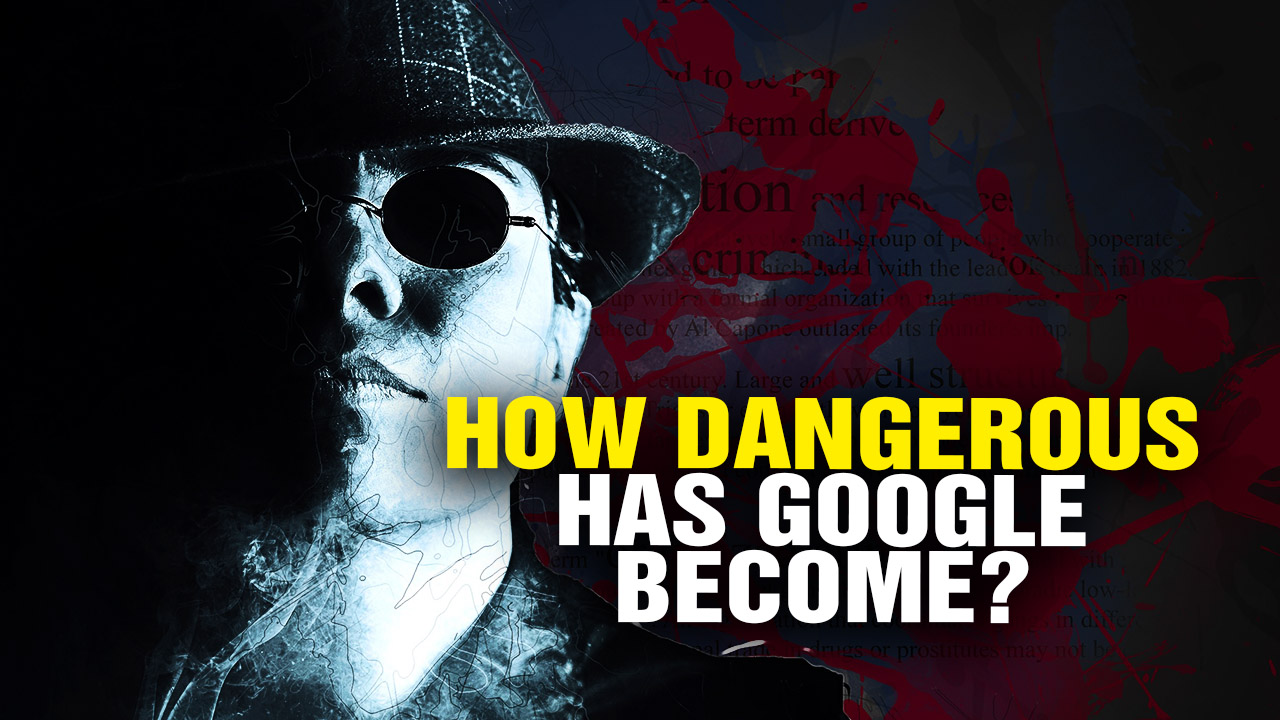It seems that police are being trained to shoot dogs, even when they are not acting aggressively, a policy that’s as inhumane as it is confusing considering law enforcement routinely entrusts their lives in service dogs. An incident involving police shooting and killing a dog in Colorado has cost not the police department but taxpayers a pricey lump sum.
On Nov. 24, 2012 officers with the Commerce City Police Department responded to reports of a “loose, vicious dog;” however, according to Activist Post, a woman of small stature was able to get the animal’s neck into a catchpole.
Instead of deescalating the situation, Officer Robert Price tasered the dog, named Chloe, before shooting her five times and killing her. The act, which was caught on video, was so brutal and so traumatic that the cop was charged with felony aggravated cruelty to animals.
Another cop gets off
But as we’ve witnessed so many times before, Price was not held accountable. The charges against him were dropped by an Adams County jury, who ruled that the officer was somehow acting “within” policy when he killed Chloe.
Obviously unsatisfied with the verdict, Chloe’s owner decided to move forward with further legal action, filing a civil suit against the City of Commerce. In an effort to avoid federal court proceedings, the city agreed to pay the dog’s owner $262,000.
This is the largest settlement of its kind, said the Animal Law Center. An additional $125,227.38 was spent in legal fees by the City of Commerce – totaling nearly $390,000 in taxpayer’s expenses due to an officer who felt it necessary to taser and shoot a dog that was already apprehended in a catchpole.
In a piece titled “Police can shoot your dog for no reason. It doesn’t have to be that way,” Washington Post writer Nathan J. Robinson questions law enforcement’s logic regarding their increasing tendency to kill people’s pets.
“There’s no official tally of how many dogs are killed each year by police officers. (Not particularly surprising, given how hard it is to obtain an accurate count of humans police kill annually.) But traumatized owners, furious about the killing of their pets, and organizations have created their own counts,” he added.
50 percent of police firearm discharges involving shooting a dog
However, thanks to the media, as well as citizen efforts, statistics regarding police killing dogs does exist.
“There are Web pages dedicated to compiling accounts of the killings, along with the dogs’ pictures and names. Informal tracking sites run by activists and researchers, such as the Puppycide Database Project, collect news articles, court documents and police reports in an attempt to produce sound data,” wrote Robinson.
“On an interactive ‘puppycide’ map, users can plot incidents from around the country. Research by the American Society for the Prevention of Cruelty to Animals suggests that half of all police firearm discharges involve the shooting of a dog.
“In Buffalo, local news channel WGRZ conducted an in-depth investigation of the city’s practices, concluding that police shot 92 dogs in a three-year period, with a single officer responsible for 26 shootings. A similar investigation in Atlanta found 100 deaths in two years. But often, the only data available is in the form of scattered news reports,” Robinson wrote.
“Dog killings are frequent enough that a Justice Department official has called them ‘an epidemic.’ The Animal Legal Defense Fund has put out guidelines on how to keep your dog from being killed by police officers. ‘Do not leave your dog outside unattended,’ it warns, as if any unwatched moment could mean a dog’s death at the hands of police.”
Sources:
ActivistPost.com
WashingtonPost.com
Legacy.9news.com



















